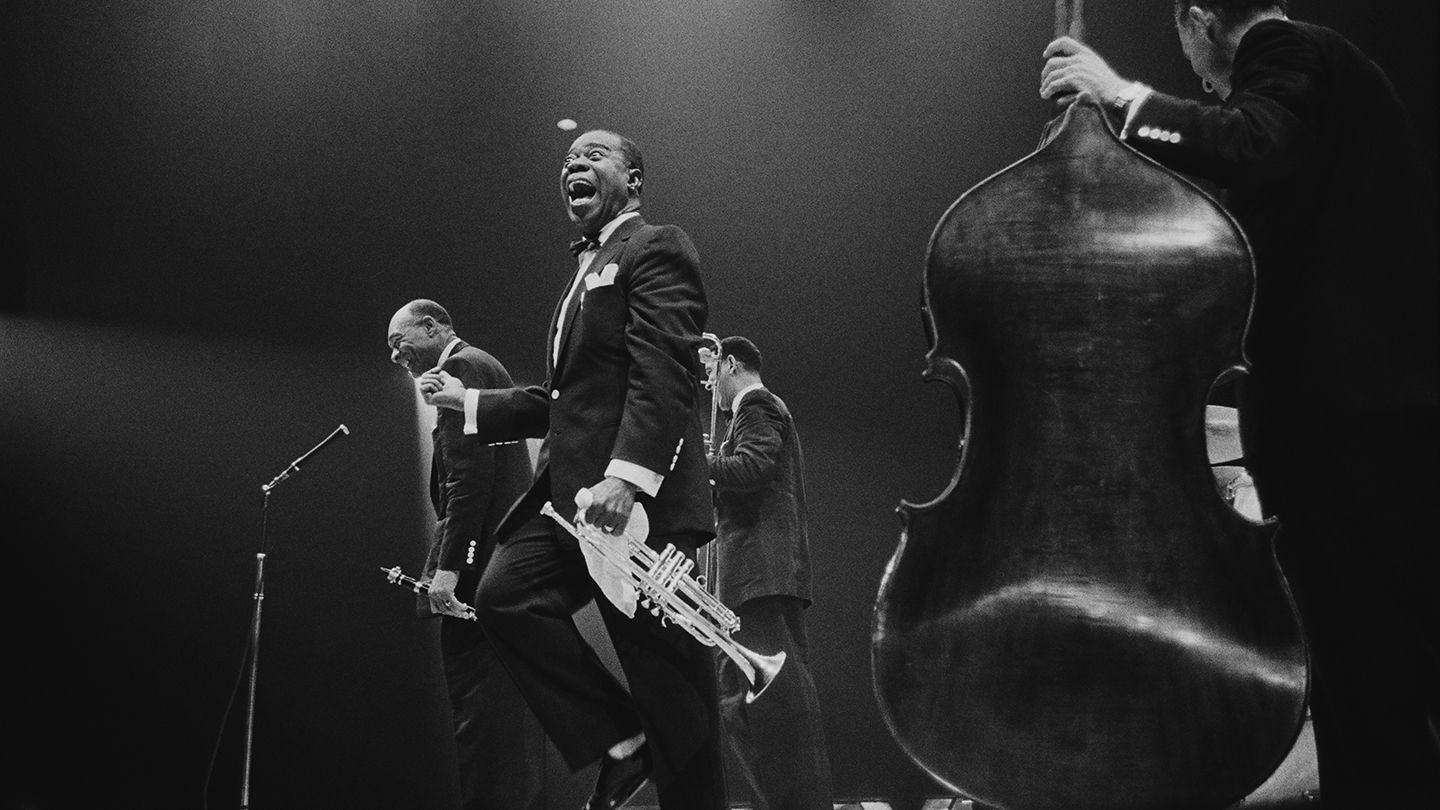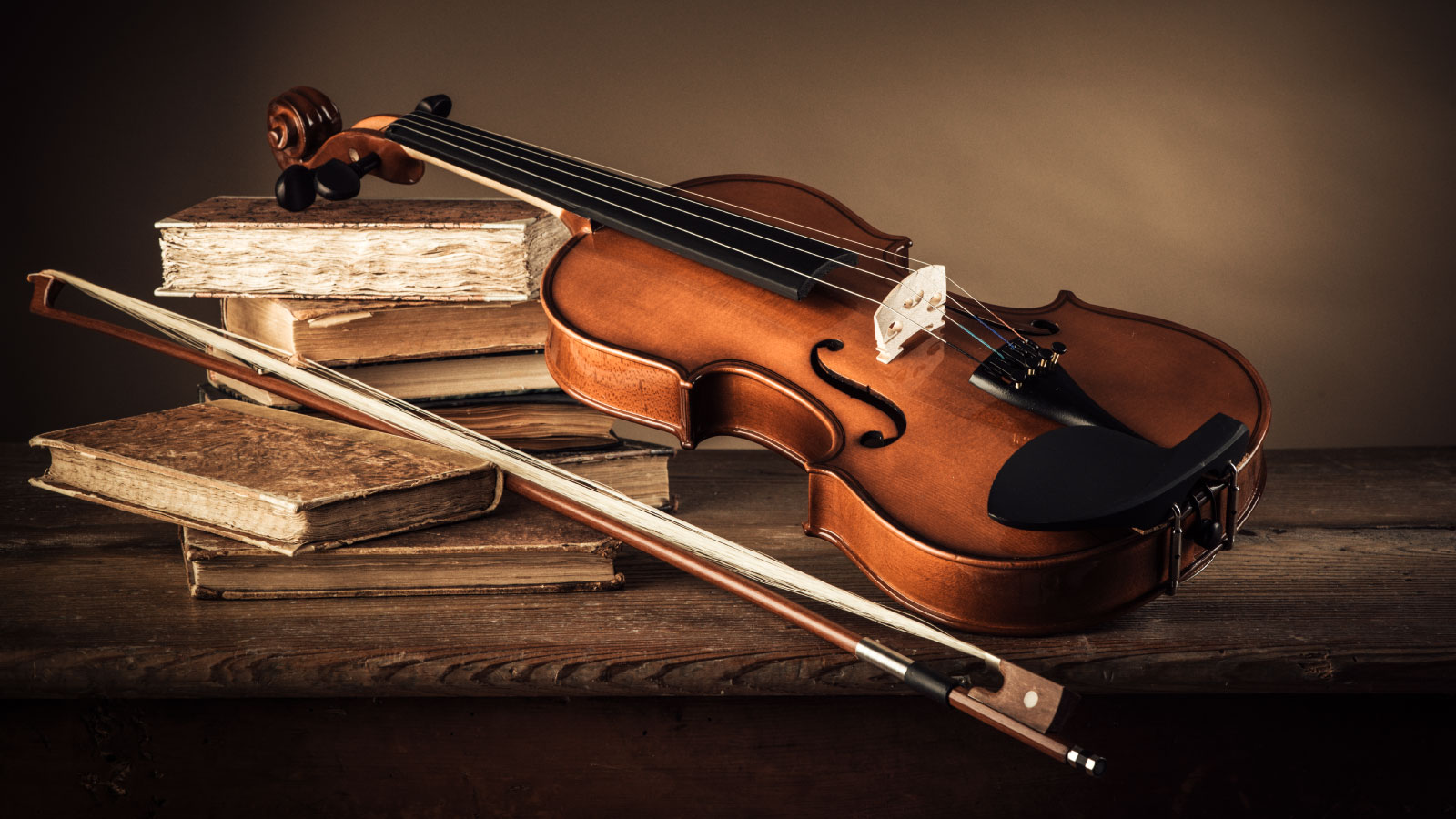Home>Production & Technology>Tempo>What Is The Italian Term For Slow Tempo In Music


Tempo
What Is The Italian Term For Slow Tempo In Music
Modified: January 22, 2024
Discover the Italian term for slow tempo in music and gain a deeper understanding of the pacing and rhythm in musical compositions. Enhance your musical knowledge with this informative guide.
(Many of the links in this article redirect to a specific reviewed product. Your purchase of these products through affiliate links helps to generate commission for AudioLover.com, at no extra cost. Learn more)
Table of Contents
Introduction
In the world of music, tempo refers to the speed or pace at which a piece of music is performed. It plays a crucial role in the overall feel and emotion of a musical composition. Different tempos evoke different moods, from fast and energetic to slow and reflective.
One significant aspect of understanding tempo is being familiar with the various terminologies used to describe different tempo markings. These terminologies may vary depending on the language and musical tradition. In Italian music, for instance, many of the commonly used tempo markings are derived from the Italian language.
In this article, we will delve into the Italian terminology for slow tempo in music. We will explore the meaning and significance of these Italian terms, providing examples that demonstrate their characteristics. Whether you are a music enthusiast, musician, or simply curious about the intricacies of music, this article will shed light on the Italian language’s contribution to the world of tempo in music.
Understanding Tempo in Music
Tempo is a fundamental element in the realm of music. It refers to the speed at which a piece of music is played or sung. Tempo sets the overall pace and feel of a composition and greatly influences its emotional and expressive qualities. It allows musicians and performers to establish a consistent sense of timing, creating cohesion and coherence within the music.
Tempo is typically indicated at the beginning of a musical score using a specific term or a metronome marking. These indications can be written in various languages, depending on the musical tradition or the composer’s preference. In the case of Italian music, Italian terms for tempo markings have been widely adopted and are commonly used across different genres and styles of music.
Understanding tempo in music is crucial for both performers and listeners. It provides a framework for interpretation, enabling musicians to convey the intended mood and atmosphere of a piece. Tempo can evoke feelings of excitement, tranquility, sadness, or even urgency, depending on how it is interpreted and executed.
Additionally, tempo serves as a guide for ensemble playing, allowing musicians in a group or orchestra to synchronize their performance. It helps them stay in sync with each other, maintaining a cohesive and unified sound. In a solo performance, tempo also allows for better control and precision in executing challenging musical passages.
Overall, tempo is a vital element in the musical language and plays a significant role in shaping the overall experience of a piece of music. By understanding tempo and its various markings, musicians and listeners alike can fully appreciate the intended emotional impact of a composition.
Tempo Terminology in Italian
Italian language has had a profound influence on the world of music, particularly when it comes to tempo markings. Many of the commonly used tempo terminologies in music are derived from Italian words. This is because Italy has a rich musical heritage, with renowned composers such as Vivaldi, Verdi, and Puccini hailing from this country.
Italian tempo markings are not only widely used in classical music but also in other genres and styles. From orchestral symphonies to operas, from solo piano pieces to contemporary pop songs, these Italian terms provide musicians with a universal language to communicate the desired tempo and mood of a composition.
Some of the well-known Italian tempo terminologies include:
- Adagio: This term translates to “slow” in English. It is often used to indicate a leisurely and calm tempo. Pieces marked as Adagio are characterized by a relaxed, reflective, and contemplative atmosphere.
- Lento: Lento means “slow” in Italian. Similar to Adagio, it denotes a deliberate and unhurried tempo. It is often associated with passages that require a deep emotional expression.
- Andante: Andante translates to “at a walking pace” in English. This tempo is moderate and flows smoothly, resembling a comfortable and relaxed walking speed. It often conveys a sense of grace and elegance.
- Largo: Largo means “broad” in Italian. It signifies a slow, broad tempo that allows for expansive phrasing and expressive melodies. Music marked as Largo is often rich in emotional depth.
- Grave: Grave translates to “slow and solemn” in English. This tempo is extremely slow and conveys a sense of solemnity and seriousness. It is often utilized in compositions with a dramatic and profound character.
These are just a few examples of the Italian tempo terminologies used in the world of music. Each term carries its own nuance and conveys a specific feeling or mood. Musicians and composers rely on these Italian tempo markings to guide their interpretation and performance of a piece.
Defining the Italian Term For Slow Tempo
When it comes to describing slow tempo in music, the Italian language offers a specific term: “Lento. Derived from the Italian word for “slow”, “Lento” signifies a deliberate and leisurely pace for a musical composition.
When a piece of music is marked as “Lento”, it indicates a significantly slower tempo compared to others. This tempo allows for a sense of introspection, tranquility, and emotional depth within the music. The slow pace of “Lento” provides ample space for the performers to express themselves, allowing for sustained notes, expressive phrasing, and nuanced dynamics.
The use of “Lento” in a musical score is not just a basic instruction for the performer; it also serves as an invitation to the audience to experience the piece in a particular manner. The slow tempo evokes a sense of contemplation, creating a reflective and immersive listening experience. It allows the listener to connect with the emotions and intentions of the composer and performers on a profound level.
It is essential to note that the interpretation of “Lento” can vary slightly depending on the context and the specific musical composition. Some pieces marked as “Lento” may have a slightly faster or slower pace, depending on the performer’s and composer’s artistic choices. The intention is to capture the essence of slowness while allowing room for artistic interpretation and creative expression.
Overall, the Italian term “Lento” encapsulates the idea of slow tempo in music. It symbolizes a deliberate, thoughtful approach to the performance, creating a space for emotional expression and contemplation. Whether it is a tender ballad, a mournful aria, or a heartfelt symphony, the term “Lento” conveys the desired pace that captures the essence of the music.
Examples of Slow Tempo Italian Musical Terms
Italian musical terms offer a rich vocabulary for describing different tempos, including those that convey a slow pace. Here are some notable examples of slow tempo Italian terms commonly used in music:
- Adagio: Adagio is a popular Italian term that indicates a slow tempo. It is often associated with expressive and introspective pieces. Compositions marked as Adagio are characterized by a relaxed and unhurried pace, allowing for deep emotional expression.
- Larghetto: Larghetto translates to “a little broad” in English. It signifies a tempo that is slightly faster than Largo but still slow and spacious. Larghetto often conveys a gentle and lyrical quality, providing a sense of grace and elegance within the music.
- Grave: Grave is an Italian term meaning “slow and solemn”. It signifies an extremely slow tempo, conveying a sense of seriousness and profoundness. Pieces marked as Grave often evoke a somber and contemplative atmosphere, allowing for dramatic impact and emotional intensity.
- Larghissimo: Larghissimo is derived from the Italian word for “very slow”. It denotes an even slower tempo than Largo, emphasizing a broader and more spacious interpretation. This term is used for pieces that require an extremely slow and leisurely pace, creating a sense of solemnity and grandeur.
- Adagissimo: Adagissimo is an Italian term meaning “extremely slow”. It signifies a tempo that is slower than Adagio, emphasizing an even deeper sense of introspection and profoundness. This tempo allows for a heightened emotional impact and an extended exploration of musical phrases.
These Italian terms provide musicians and performers with precise indications of the desired tempo for a composition. They offer a shared language that transcends musical genres and allows for effective communication of the intended mood and expression.
It is important to note that these terms are not rigidly defined and can allow for some degree of interpretation and variation. The performer’s artistic choices, the context of the music, and the emotional intention of the composer all play a role in how these slow tempo indications are executed and experienced.
By utilizing these Italian terms, composers and performers can convey a specific emotional atmosphere and guide the listener through a transformative musical journey. The slow tempo Italian musical terms add depth, beauty, and sophistication to the world of music.
Conclusion
Tempo is a fundamental element in music, and understanding different tempos and their markings enhances our appreciation and interpretation of musical compositions. In the realm of slow tempo, the Italian language has played a significant role in providing precise and expressive terminology.
Throughout this article, we explored the world of tempo in music, delving into the Italian terminology for slow tempo. We discovered how tempo influences the mood and emotional impact of a piece, allowing performers to convey their artistic expression and providing the listener with a transformative experience.
The Italian language offers a range of tempo terms that describe slow tempos, including “Lento”, “Adagio”, “Larghetto”, “Grave”, “Larghissimo”, and “Adagissimo”. Each term carries its own nuances and evokes specific emotions, enabling musicians to express themselves and guide the interpretation of a composition.
By incorporating Italian tempo terminology into the musical lexicon, composers and performers can communicate their creative vision effectively. Whether it is a lush orchestral symphony, a melancholic piano solo, or a tender vocal ballad, these Italian terms allow for a universal understanding of the desired slow tempo.
It is important to note that while these Italian terms provide general guidance, interpretation and flexibility are key in bringing a slow tempo to life. Each musician brings their unique sensibilities, musicality, and personal expression to enhance the intended emotional impact of a composition.
By immersing ourselves in the world of Italian tempo terminology, we gain a deeper appreciation for the intricacies of music and how tempo shapes the narrative of a piece. So, whether you are a musician, a music lover, or simply curious about the language of music, embracing the Italian terms for slow tempo opens up new avenues of understanding and enjoyment.











